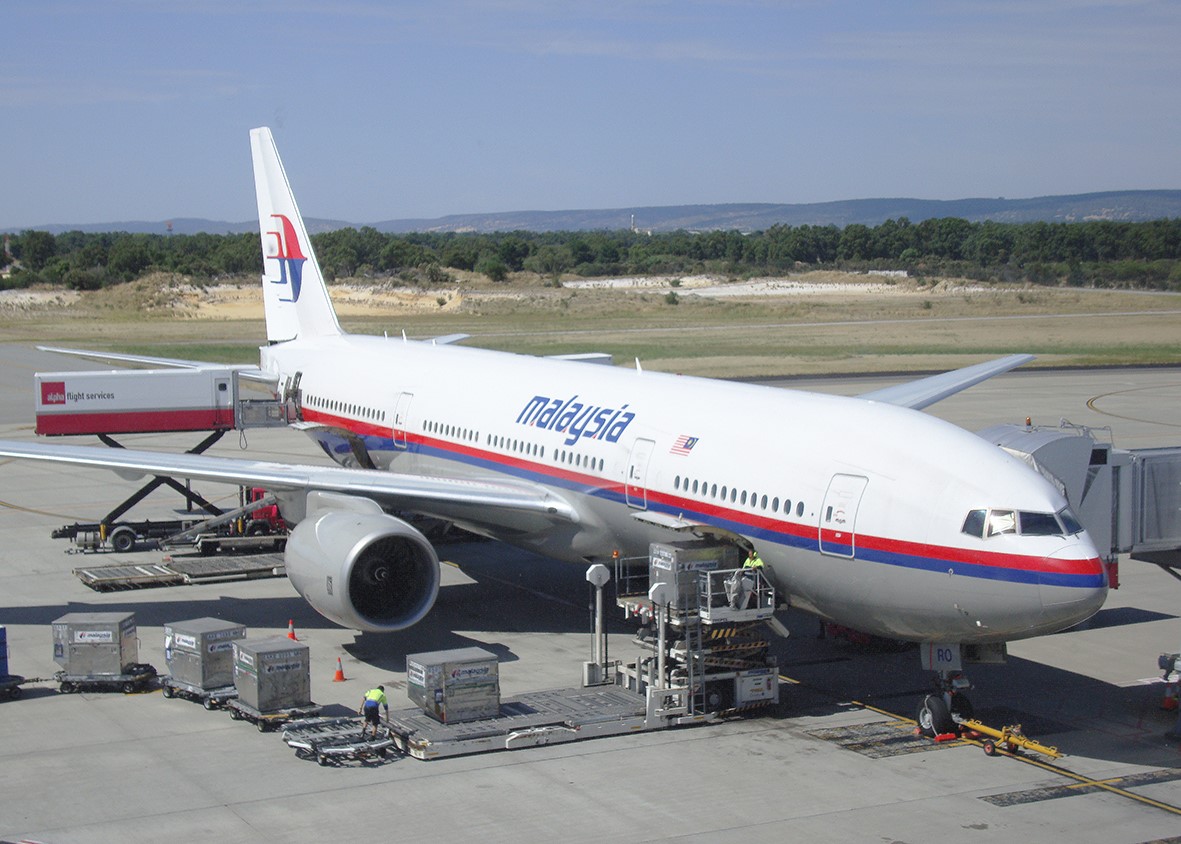New MH370 report confirms new location tracking technology
02 June, 2022
2 min read
Industry News

Geoffrey Thomas
By joining our newsletter, you agree to our Privacy Policy


Aerospace engineer Richard Godfrey, who has identified a more precise location of MH370, has published a new paper which answers more questions about the breakthrough technology he used to track MH370.
Malaysia Airlines Flight MH370 disappeared over eight years ago on March 8, 2014, on a flight from KL to Beijing with 239 souls aboard.
The paper was authored by Mr Godfrey and Dr Hannes Coetzee and addresses the question of how far can HF radio waves propagate.
Ever since Mr Godfrey published his findings in November 2021 using Weak Signal Propagation Reporter (WSPR) and aircraft's disturbance of the signal as they pass through there has been a multitude of questions asked by interested parties.
Mr Godfrey aided by Dr Hannes Coetzee have answered all with a series of papers that can be found here.
READ: MH370 probable location found with revolutionary tracking
In the most recent paper the authors say "obviously from any particular terrestrial transmitter to any particular receiver there are two propagation paths around the globe, the short path (SP) and the long path (LP). Generally, the SP transmission is first considered and propagation paths up to a maximum of halfway around the globe are expected."
In conclusion, the authors say "WSPR signal propagation over large distances is possible via both the SP and the LP. The higher the transmission power, the longer the duration of reception in a 24 hour period. Nighttime transmissions experience much less propagation loss than daytime transmissions. Multi hopionospheric transmissions with interim landings points on an ocean surface incur much smaller losses than interim landing points on land surfaces.
"In answer to the question, how far can HF radio waves propagate, WSPRnet data delivers the answer which is at least halfway around the world. In answer to the question, can HF radio waves travel further than halfway around the world and still be detectable by a WSPR receiver, WSPRnetdelivers the answer that it is most probably possible."
You can download the full report here.
Get the latest news and updates straight to your inbox
No spam, no hassle, no fuss, just airline news direct to you.
By joining our newsletter, you agree to our Privacy Policy
Find us on social media
Comments
No comments yet, be the first to write one.

